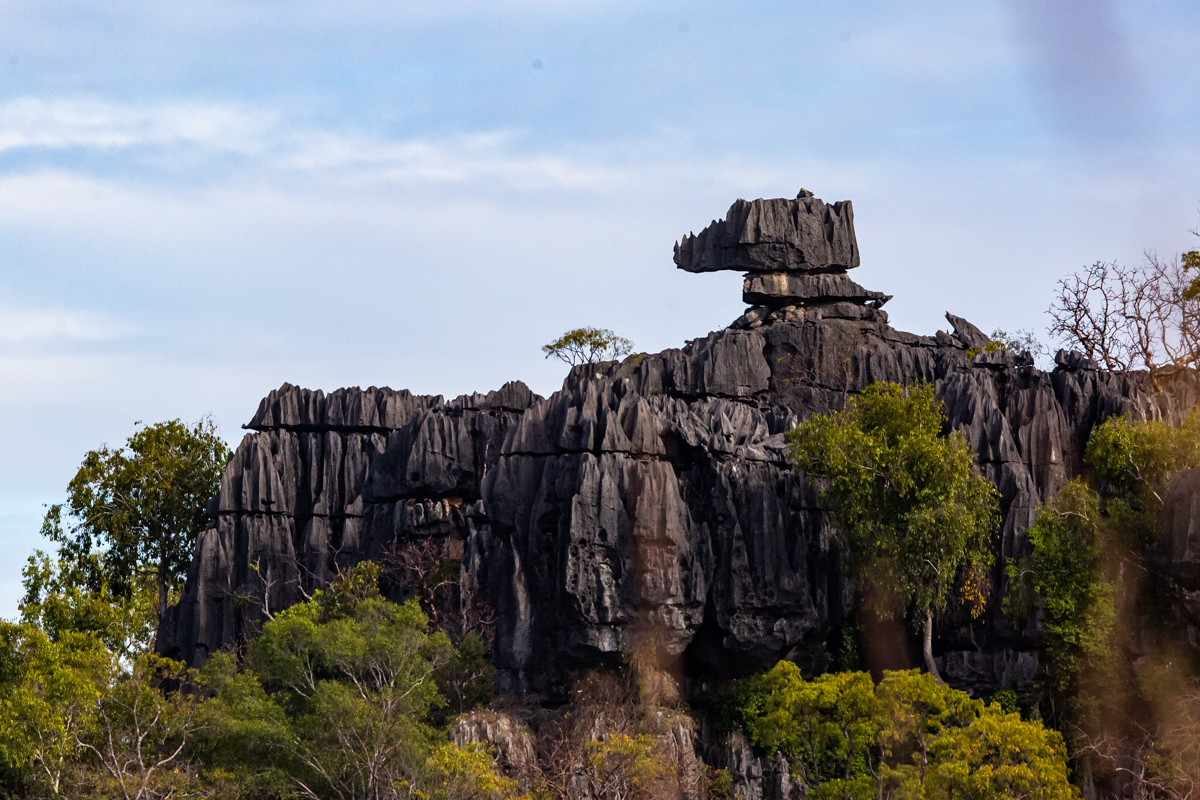Madagascar Classic Collection opens a new property: Namoroka Tsingy Camp

Madagascar Classic Collection has opened its newest property, Namoroka Tsingy Camp, in the heart of Madagascar's spectacular Namoroka National Park. The camp offers a unique blend of luxury and adventure. This remote destination showcases Madagascar's unparalleled biodiversity, featuring ecosystems like tsingy limestone formations, caves, dry forests, wetlands, and bamboo groves. The park spans 220 square kilometers and is home to 10 lemur species, including the rare Aye-Aye and Van der Decken’s sifaka, as well as over 100 bird species, 21 bat species, and Madagascar's top predator, the fossa.
The camp provides safari-style tented accommodations with ensuite bathrooms, private outdoor spaces, and modern amenities. Open from May to November, it offers all-inclusive packages with immersive wildlife experiences. Accessible by scheduled charter flights from the capital twice weekly, the camp caters to adventurers seeking a sustainable yet luxurious escape into one of the world’s most unique landscapes.
What to know about Namoroka Tsingy Camp:
- Location: The camp is situated in Namoroka National Park, in northwestern Madagascar's Boeny region, 100 km southwest of Mahajanga.
- Unique Geology: The park features striking Jurassic limestone formations called "tsingy," rising up to 40 meters high, making it a geological marvel.
- Biodiversity Hotspot: Six distinct ecosystems, including tsingy formations, dry deciduous forests, bamboo forests, gallery forests, wetlands, and the Marosakabe cave system, host diverse flora and fauna.
- Lemurs: The camp provides habitat for 10 lemur species, such as Van der Decken’s sifaka and the critically endangered Tsiombikibo sportive lemur.
- Other Wildlife: Includes the Fosa, Madagascar's top predator, unique reptiles like Oustalet’s chameleon, and numerous endemic bird species like the Giant Coua and Madagascar scops owl.
- Accessibility: Travelers can access the camp by air and road using our scheduled charter flights on Tuesdays and Saturdays from Antananarivo to Soalala followed by a 2 hrs 30 min transfer by road to the camp.
- Seasonal Operations: The camp operates from May to November, avoiding the rainy season when roads are inaccessible.
- Cultural and Historical Significance: The Marosakabe cave system features ancient cave paintings and fossils, including remnants of the extinct Madagascar pygmy hippo.
- Sustainable Tourism: The camp promotes conservation and community involvement while minimizing environmental impact. We have partnered with the conservation NGO Wildlife Madagascar.
